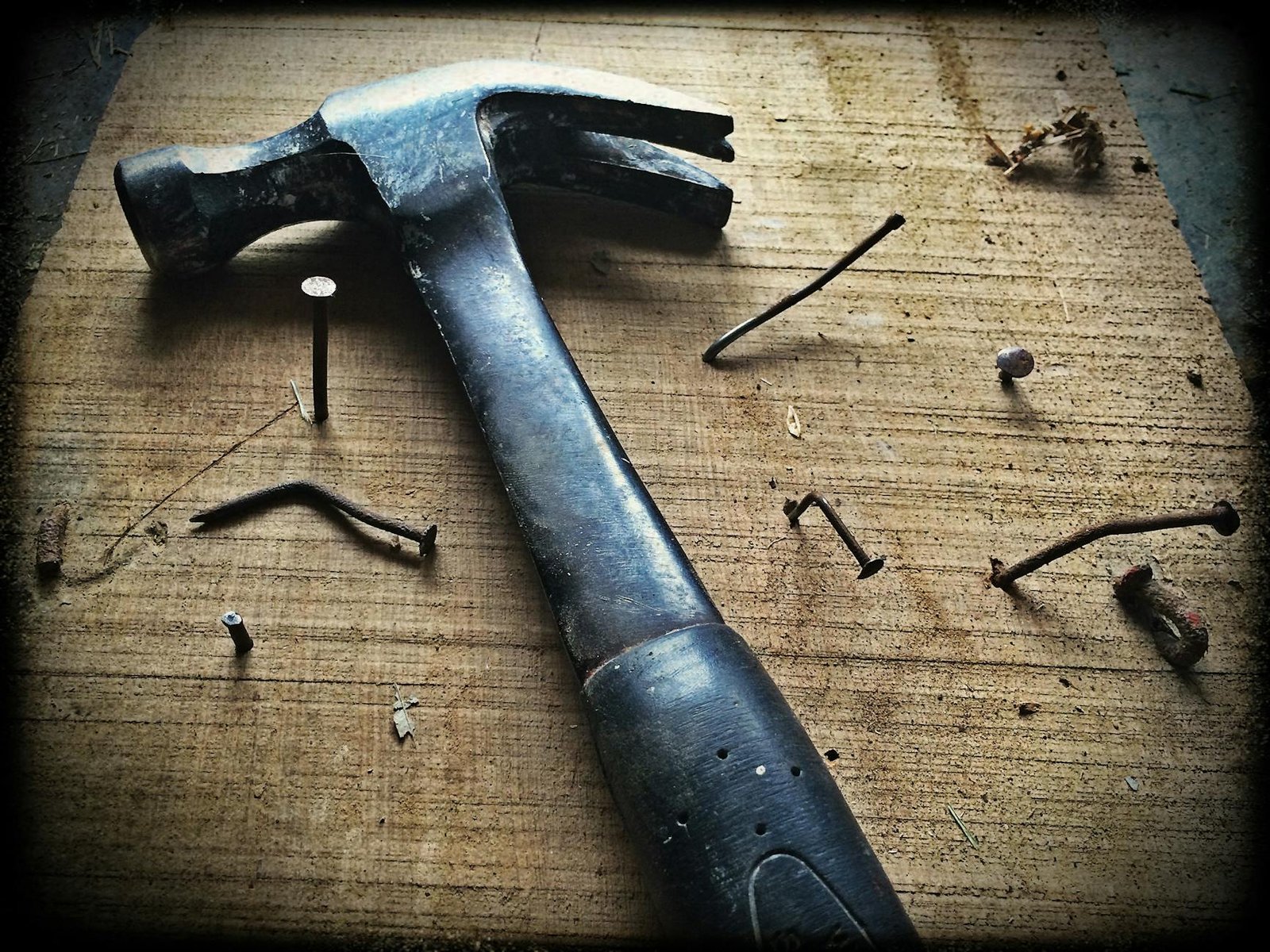
Housekeeping HSE Training
Slide 1: Housekeeping in the Workplace – HSE Training
Presented by: HSE STUDY GUIDE
Date: 24/04/2025
Good morning team!
Thanks for being here today. We’re going to talk about something that doesn’t always get a lot of attention — but it plays a huge role in keeping our job sites safe and efficient.
Today’s HSE topic is Housekeeping in the Workplace. Not the kind of housekeeping you do at home — we’re talking about keeping our work areas clean, organized, and hazard-free. A tidy site is a safe site!
Slide 2: Objectives of the Training
By the end of this session, you’ll understand:
- What workplace housekeeping means
- Why it’s critical for safety and productivity
- The hazards caused by poor housekeeping
- Key housekeeping practices and your role in them
Slide 3: What is Workplace Housekeeping?
Housekeeping isn’t just about sweeping the floor — it includes:
- Keeping work areas clean and organized
- Removing waste and unused materials
- Storing tools and equipment properly
- Clearing walkways and emergency exits
- Managing cables, hoses, and materials safely
Good housekeeping is about creating a safe and efficient work environment.
Slide 4: Why Housekeeping Matters
Let’s break it down — here’s why it’s important:
- Reduces slips, trips, and falls
- Prevents fires and other hazards
- Improves efficiency and morale
- Shows professionalism and safety culture
- Ensures quick access to emergency equipment
Poor housekeeping is one of the leading causes of workplace injuries — and it’s 100% preventable.
Slide 5: Common Hazards from Poor Housekeeping
Watch out for:
- Tools and materials scattered on the floor
- Oil or liquid spills not cleaned up
- Blocked fire exits or emergency equipment
- Unsecured cables, cords, and hoses
- Stacked materials at risk of falling
- Overflowing trash bins and combustible waste
Any of these can lead to injury — or worse.
Slide 6: Good Housekeeping Practices
Here’s how we stay ahead of the mess:
- Clean as you go — don’t wait until the end of the shift
- Keep walkways, stairs, and exits clear
- Return tools and equipment to their proper place
- Label and store chemicals properly
- Report and clean up spills immediately
- Dispose of waste in proper containers
- Inspect work areas regularly
Make it a habit, not a chore.
Slide 7: Waste Management
Proper waste handling is part of good housekeeping:
- Segregate waste — general, hazardous, recyclable
- Label bins clearly
- Empty trash containers regularly
- Use spill kits when needed
- Follow procedures for hazardous materials
Remember — improper disposal can cause environmental and safety risks.
Slide 8: Storage and Material Handling
- Store heavy items at waist height
- Secure stacked materials to avoid collapse
- Keep flammable items away from ignition sources
- Ensure storage areas are clean and accessible
- Use racks, bins, and shelves to organize tools
When things are in the right place, everyone works safer and faster.
Slide 9: Your Responsibility
Housekeeping is everyone’s job.
- Don’t walk past a mess — clean it or report it
- Keep your work area neat at all times
- Help new team members understand the standard
- Report recurring issues to your supervisor
Safety doesn’t work unless we all do our part.
Slide 10: Real Incident Example
Let’s talk about a real incident…
A worker tripped over a tangled hose that had been left across a walkway. He fell, broke his wrist, and was off work for 8 weeks.
A simple 30-second task — moving the hose — could have prevented the injury.
Little things make a big difference.
Slide 11: Key Takeaways
- Housekeeping is about safety, not just cleanliness
- Prevent accidents by staying organized and alert
- Keep pathways and exits clear at all times
- Dispose of waste properly
- We all share responsibility — no excuses
Slide 12: Quiz or Q&A
Let’s do a quick check.
Question: What’s one simple action you can take every day to improve housekeeping on site?
(Pause for responses. Encourage sharing of best practices.)
Great answers! Any questions or suggestions from your side?
Slide 13: Thank You
Thanks for your time and attention today.
Let’s work together to keep our site clean, safe, and productive.
Good housekeeping reflects a good safety culture — and that starts with you.
For more HSE tips and videos, feel free to check out my channel: HSE STUDY GUIDE.
Stay safe, team!
Heat Stress Awareness HSE Training
PPE Safety HSE Training: Your Last Line of Defense